View more
Unsustainable design isn’t a fad. It’s the wave of the future. It’s more than packaging made of recycled materials and using less plastic; it’s everything from how an electronic device is wired to products being built to last, rather than built to be replaced when they become obsolete.
Although sustainable design is a movement focused on the future, some of the principles involved in creating sustainable designs are actually pretty old. Concepts like designing products and packaging to be reused and reworked into new products later and building them with universal parts to make repairs easy and accessible later stretch back more than a hundred years.

Interested in working with sustainable design principles and making your work greener regardless of its actual color? Read on to learn more about sustainable design.
Sustainable design is an approach to design that consists of a variety of sustainable design principles, all of which are centered around extending product lifespans and avoiding the depletion of natural resources.
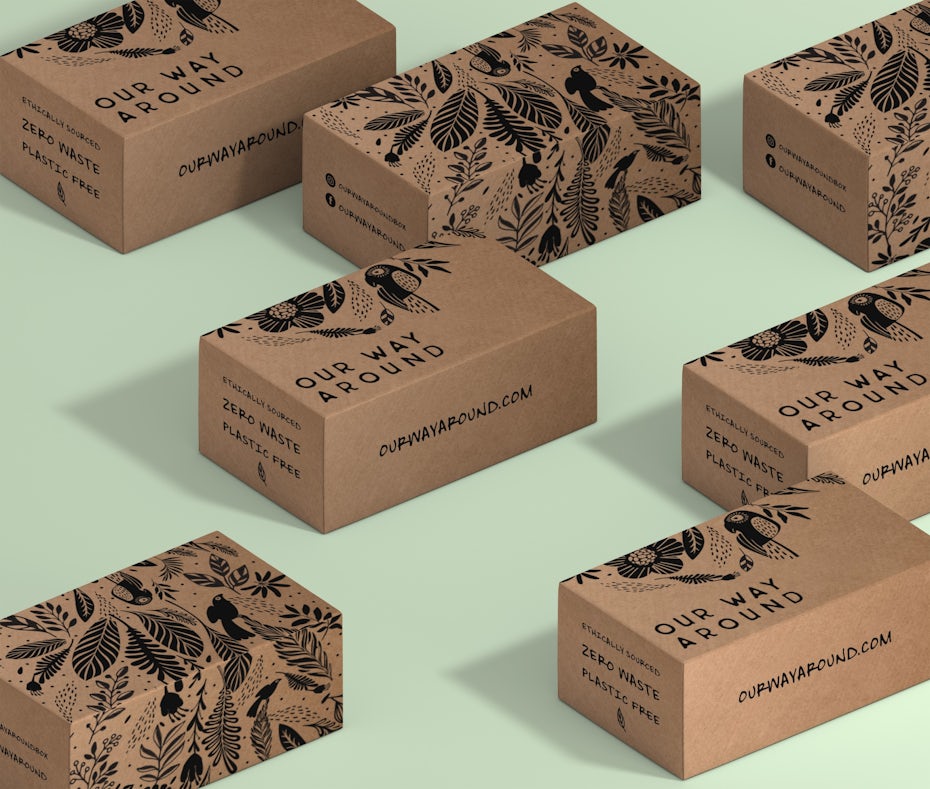
Sustainable design is not just using recycled paper for packaging or reducing the total amount of packaging… but those certainly are components of sustainable design. The goal is to lessen and ideally, eliminate humans’ dependence on natural resources like oil, water, coal and air.

There are lots of ways to work with sustainable design principles.
These include taking advantage of energy-saving tech not only in the devices you design, but in the tools you use to create them.
It also includes opting for sustainably sourced materials and packaging items and components efficiently, so you’re using less packaging overall.
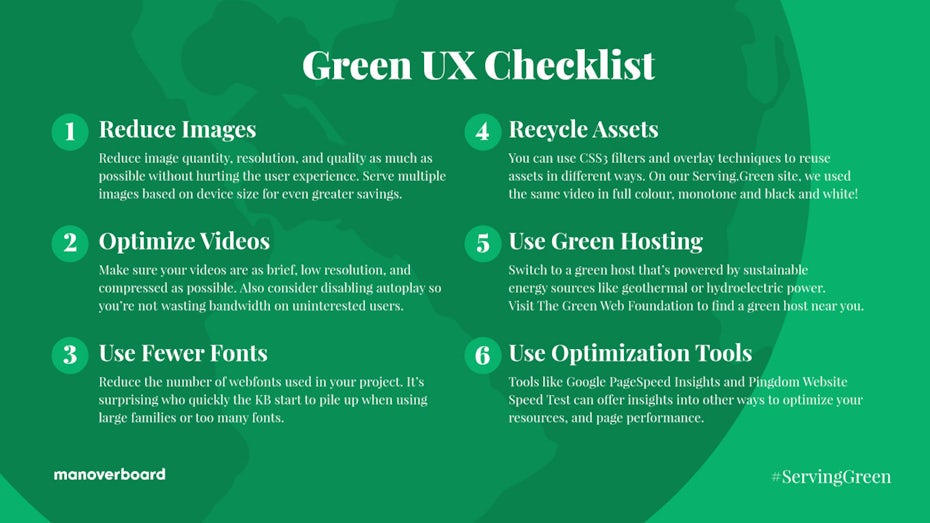
You might be surprised to learn that sustainable design even extends to web design. Every data transmission uses electricity, and in many cases, that electricity is powered by coal and emits co2.
Choosing to host your website locally is one way to cut carbon emissions, as is creating a low impact website through design choices like opting not to use video, minimizing the website’s power consumption, programming elements to not load unless the user specifically requests to load them and compressing data as much as possible.
So is sustainable design the same as eco-friendly design? Not quite, but they are closely related terms. Here’s the difference:
Other similar, related terms include green, organic, natural, clean, and ethical. Some of these terms are regulated by different countries’ governments and in these countries, products and designs must meet specific regulations to be labeled with these terms. For example, in the United States, “organic” is the only one of these terms subject to government regulation.
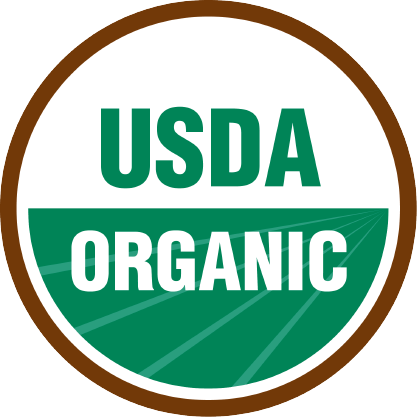
Other terms to understand in any discussion about sustainable design are:


One key component of sustainable design is standardization. Standardization is the practice of using universal parts in your products’ designs. This can mean the same parts across every product in your line or using the same parts other manufacturers are using—even your competitors.
By using standard parts, consumers can find replacement parts more easily and do their own repairs, rather than having to find specialized repair techs or replace their items altogether.
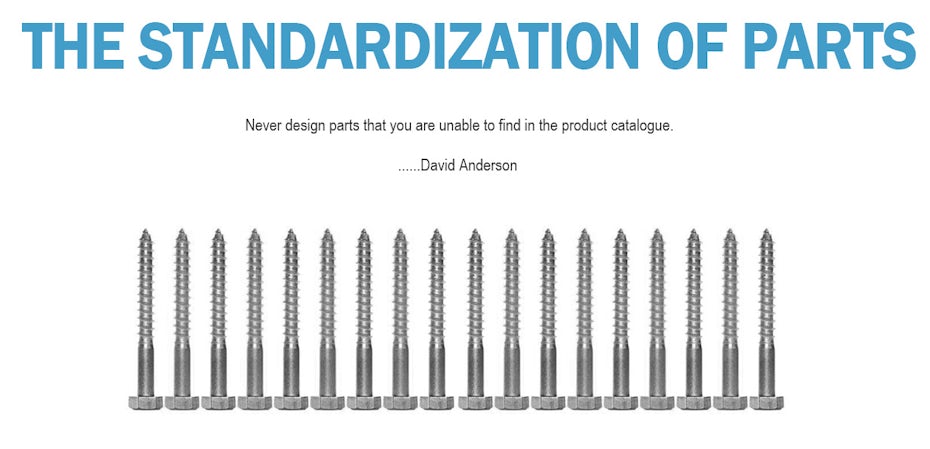
It’s not a perfect example, but it’s one you’ve surely encountered before: you’re at a friend’s house and you need to charge your phone. Problem is, you have an iPhone and everybody else has another kind of smartphone—among the group, somebody has a Motorola, somebody else has a Samsung, another friend has an LG.
They can all share chargers because these manufacturers built the same USB charging port into their phones. But as part of their proprietary design, Apple gave the iPhone a differently shaped charging port and that means you need an Apple phone charger.
Implementing sustainable design principles and strategies in your work comes with a lot of benefits that reach beyond doing right by the planet. Here are a few of the biggest benefits that come with this choice:
The main benefit of embracing sustainable design is perhaps the most important: by making sustainable design part of your practice, you’re consciously choosing to design in ways that don’t harm the environment. This means using less energy overall—and that extends to working with vendors that use sustainable power and manufacturing sources.
What a lot of people don’t realize is that the internet is largely powered by coal—it’s easy to overlook because the internet, despite being in front of our faces almost 24/7, is largely invisible. But website designers can opt for sustainable design by choosing to work with hosting providers that utilize energy-saving strategies and renewable resources, like Green Geeks or Dream Host.
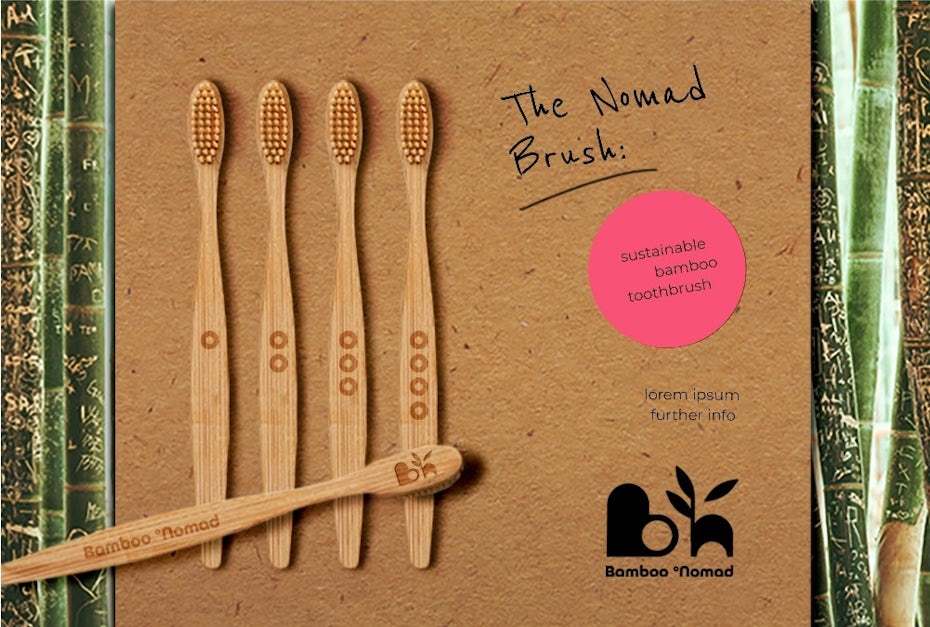
In non-digital scenarios, using less energy often means designing a motor or mechanism that literally uses less power than other designs. In others, it means creating something that’s built to last, so fewer items ultimately need to be manufactured.
Every action your brand takes—and doesn’t take—communicates your brand values to the world. Even if your goal isn’t to court eco-conscious customers, choosing sustainable design will inevitably mark your brand as modern, progressive, ethical and focused on the environment.
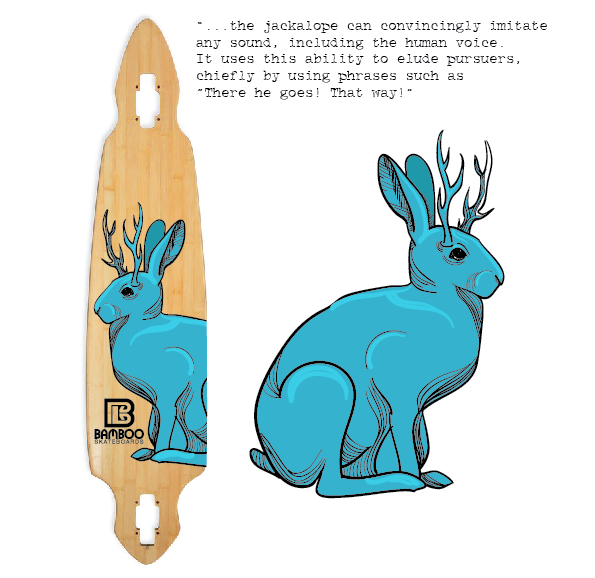
How much you want to lean into sustainability as a selling point really depends on your brand.
Depending on your audience, advertising it loud and clear can give you a huge head start over your competition… or it might not matter. In some cases, advertising yourself as the “green” choice can even turn away potential buyers.
That doesn’t mean you should start designing for waste; just that your marketing should focus on benefits your audience does care about, while also creating something they can easily repair and reuse.
Remember that at its core, sustainable design is design with sustainability in mind, not making a show of how “green” you are. Even if your audience is apathetic to sustainability or even critical of it, incorporating sustainable design principles into your work can help you avoid facing fees and fines associated with not complying to environmental regulations.
And even if your core target audience isn’t making their purchasing decisions based on your sustainability practices, other groups are noticing these practices… so opting not to embrace sustainable design can potentially hurt your business in unexpected ways.
In many places, governments offer tax incentives, grants and subsidies to companies that design and manufacture their products in sustainable ways. Research whether your state or federal government offers similar incentives and if so, how you can take advantage of them. You might find that sustainable design pays—literally!
You can also claim certain tax deductions by choosing electric vehicles for your company fleet and purchasing renewable energy-producing equipment for your office. Check your country’s tax code and government incentives to find out what you qualify for, if anything.
Keep in mind that sustainable design can have drawbacks as well. Many designers and businesses find themselves facing higher material costs when they try to implement sustainable design strategies.
Sustainable materials are often recycled or sourced in sustainable ways, which typically means more specialized equipment, sourcing from different regions than non-sustainable versions of the same materials are sourced from, sourcing less of the materials and packing and shipping them differently. These higher costs are often passed on to the consumer, which then mean they have to be passed on to the next consumer: your client.
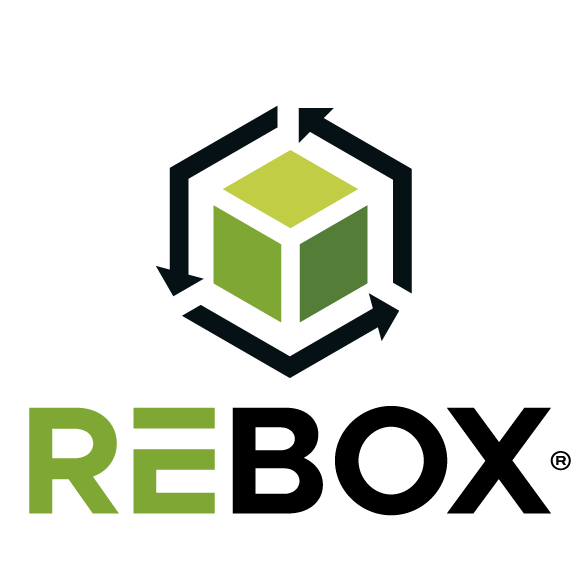
So what can you do when you’re facing high material costs?
You can partner with other designers, businesses or manufacturers to share material costs. You can also look for places to save money elsewhere, like shortening your supply chain (with the added bonus of reducing emissions!)
Other strategies include investing in other sustainable companies to generate an additional income stream, seeking public and private grants to cover costs and connecting with investors who have the same goals you have.
People care a lot about sustainability, especially as climate change becomes an even hotter topic. Make it known that you’re one of the brands working toward a more eco-conscious future to connect with similar-minded investors.
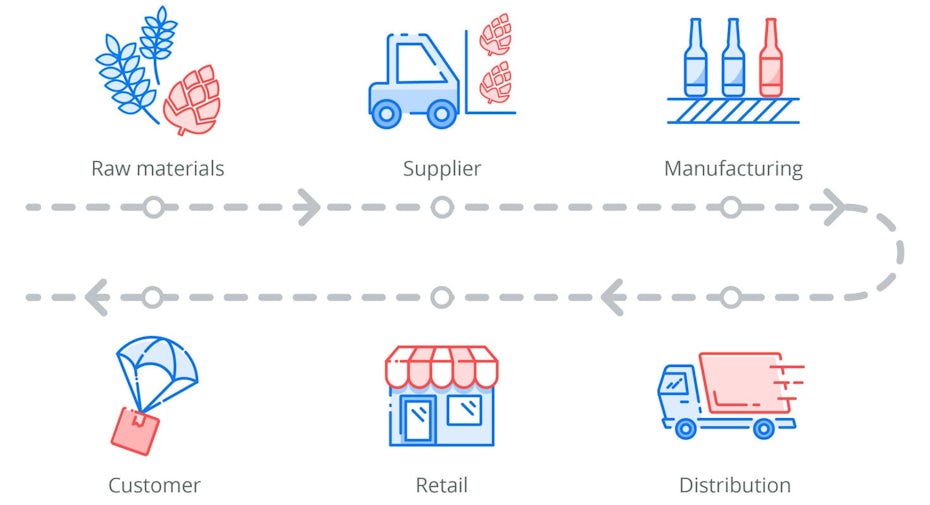
Another challenge you can run into when you’re working to embrace sustainable design principles is unsustainable practices from vendors, suppliers and retailers that you can’t avoid.
In a perfect world, you can choose to only work with other companies whose commitment to sustainability mirrors yours. But this isn’t always realistic… so while you definitely can (and should!) choose your partnerships based on shared values, you might find yourself having to make compromises in order to get your product to consumers.
Even seemingly minor choices, like embedding a search bar in your design powered by Ecosia instead of Google, can make a big impact by introducing thousands of people to this search engine that’s committed to planting trees and reducing the amount of co2 in our atmosphere.
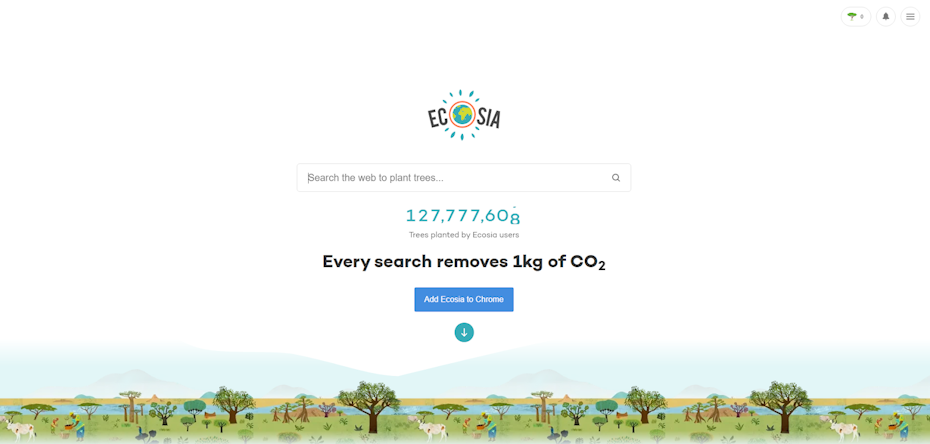
A commitment to sustainable design can also mean having to critically think about what makes the most sense for your company. Case in point: cryptocurrency. It’s been having its moment for at least the past six months—most recently making news with the rise of selling art as NFTs—but popular, singular cryptocurrencies like bitcoin have been found to use more energy than entire countries per year.
Though there are ongoing developments of green crypto alternatives and practices, we still just aren’t there yet with truly eco-friendly cryptocurrencies. So that leaves you with the difficult decision of working out where your company stands on this.
Although switching to sustainable design can sound daunting, working with sustainable design principles can actually be pretty easy. You might even be using these strategies already:
Think of the product life cycle as the “why” driving all the sustainable design strategies you use. Everything you do to make your designs more sustainable, you’re doing to extend your products’ life cycles and eliminate consumers’ need to buy the same product again and again.

As you brainstorm design ideas, ask yourself:
As we mentioned above, using standardized components in your designs makes it easy for the end consumer to replace parts and repair the object, extending its life.
You can also think about ways your product can be reused in the future. Be creative! Botanical Paperworks is one brand that’s found a creative way to go waste-free: embed paper products with seeds and make them safe to plant. Consumers who buy products packed in Botanical Paperworks packaging can beautify the world without feeling guilty about disposing of one-use packaging like cosmetics wrappers and coffee to-go cups.
Brainstorm ways your product and/or its packaging can be reused after it’s served its initial purpose. Can your coffee can become a measuring cup after the coffee’s gone? With measuring lines printed on its side, it can! How about the drawstring bag you ship your shirts in? Design it in a fine mesh that enables it to become a laundry bag for delicates.
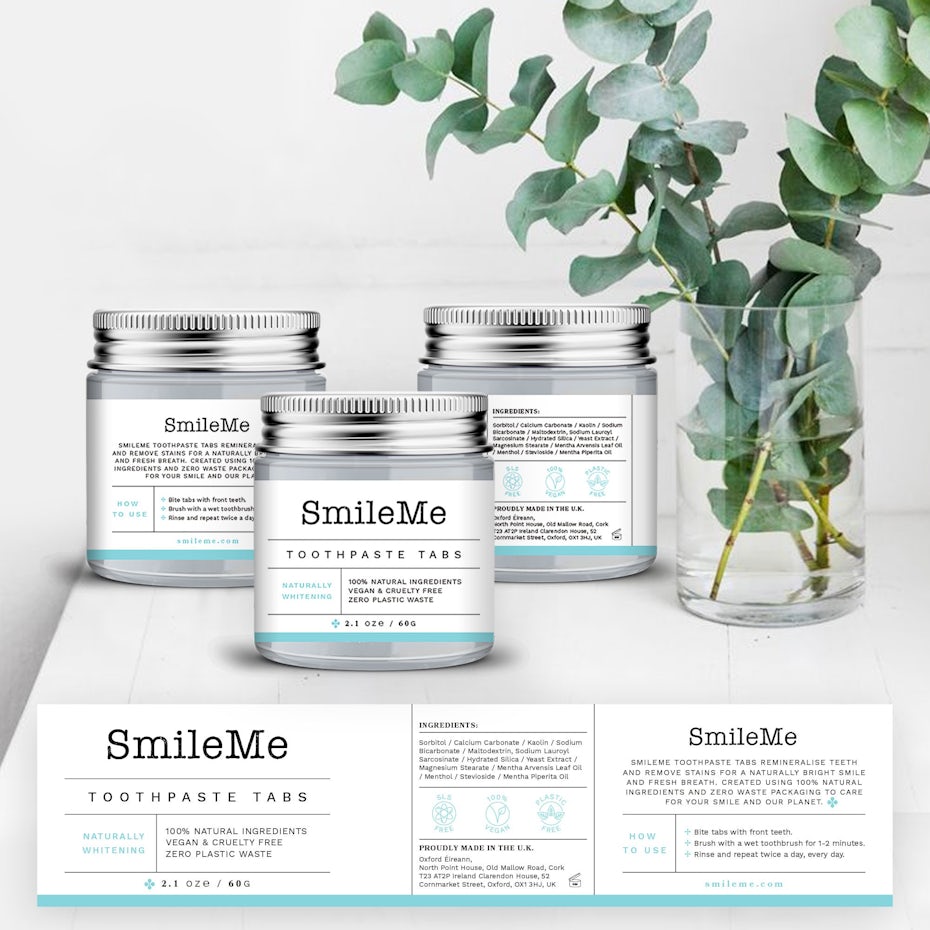
Sometimes, “repair and reuse” just isn’t realistic. Maybe your item is a one-use item, or maybe there’s no way to repair it back to proper working order. In these cases, you can design for recycling and/or remanufacture.
Here’s the difference between recycling and remanufacturing: when you recycle something, the product is dismantled and any reusable materials like glass and plastic are removed and converted back into raw materials to be manufactured into new parts for a new product. When you remanufacture an object, it’s instead rebuilt to its original specifications and lives a second life doing the same things it was originally designed and built to do.

In contrast to recycling and remanufacturing, there’s also the process of refurbishing objects. When an item is refurbished, its defects are repaired and it goes back into circulation as a reusable product. You can think of refurbishment as remanufacturing “lite”—in both scenarios, the item becomes functional again, but one is a full rebuild while the other is just a repair.
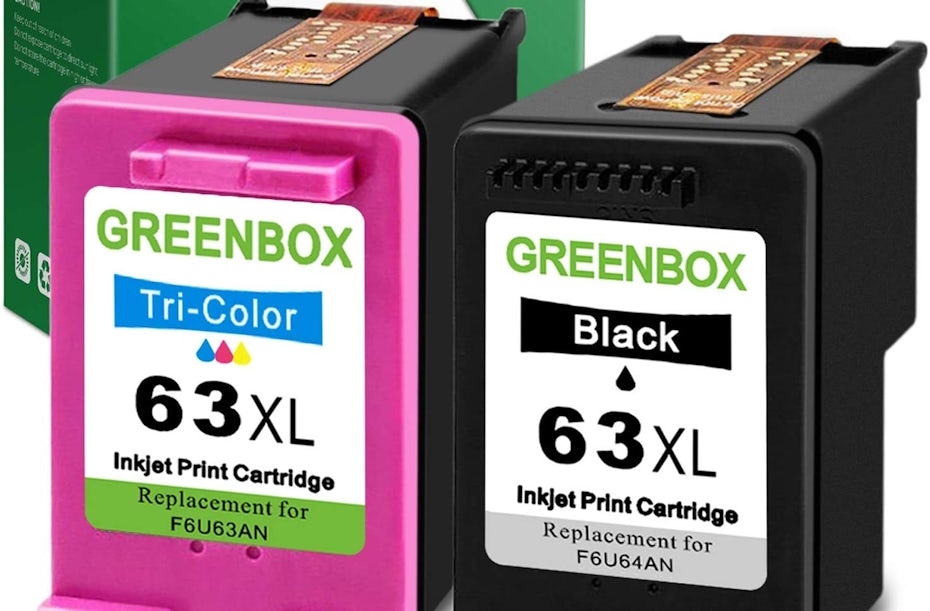
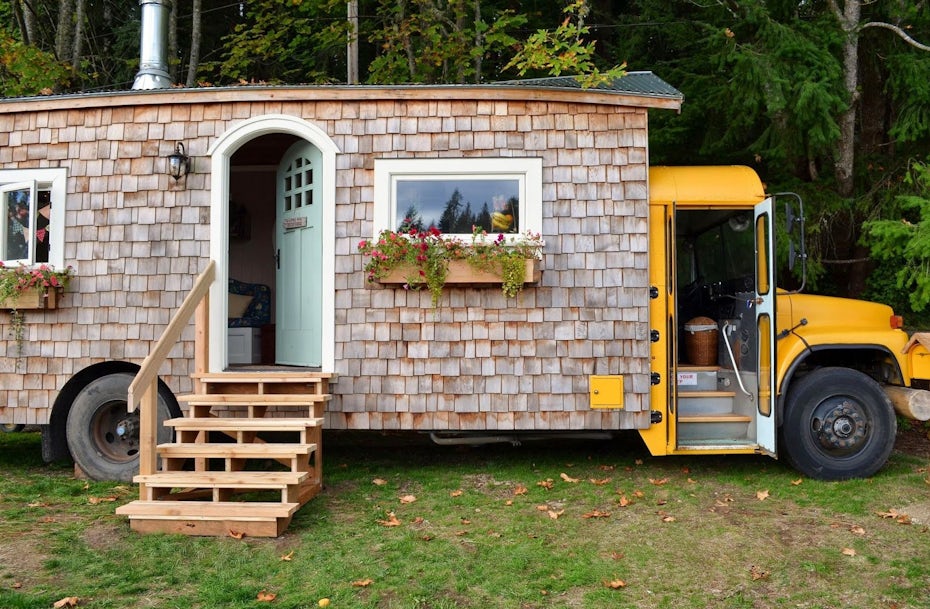

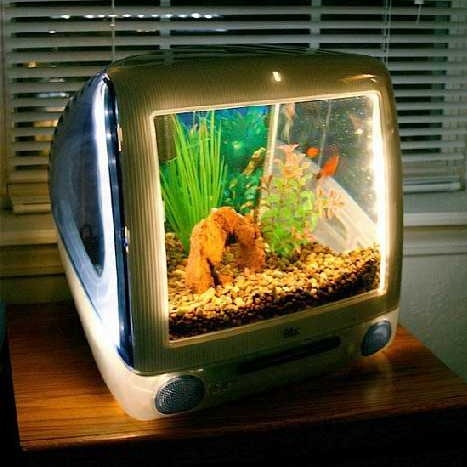
When you’ve been commissioned to design something for a client, talk to them about your design and goals for the design from the moment you present your first ideas and preliminary sketches. A sustainable design might be different from designs they’ve seen and used in the past and if so, they’ll likely have questions about why you’ve chosen the design you chose and how it promotes sustainability.
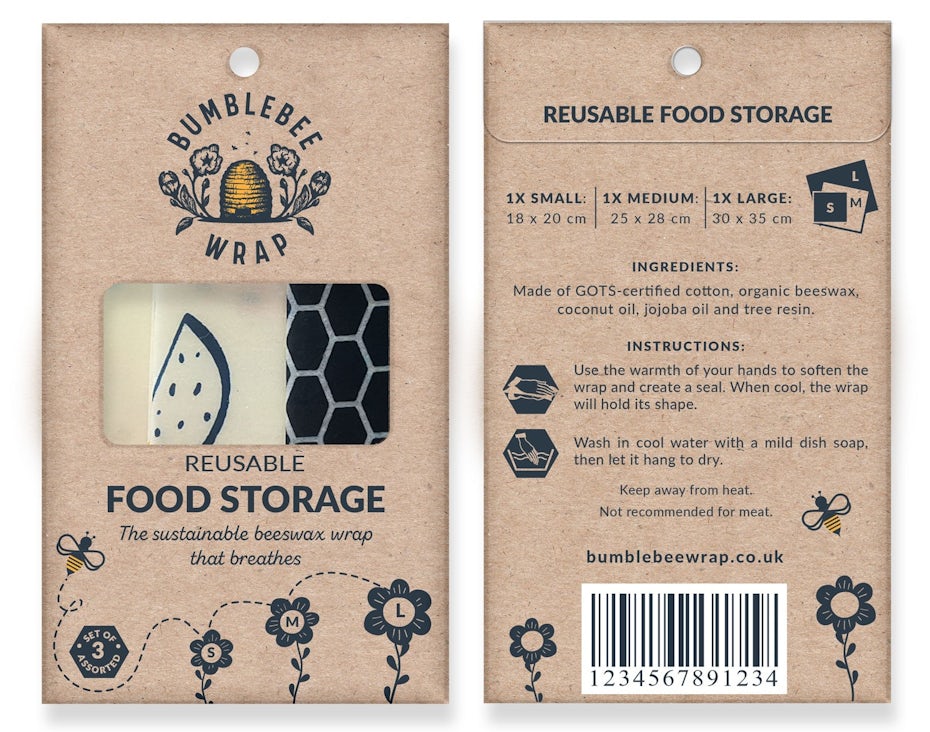
Your client might have some great ideas you can implement to make your design more sustainable. Consider these ideas and if you have even better ones, communicate them back to your client.
A key part of being a sustainable designer or business is staying up to date on the latest breakthroughs, trends and regulations in the sustainability space, and this means making “how can we design this better?” an ongoing dialogue, rather than a one-and-done meeting.
Accessibility is also a key part of sustainable design. When certain segments of your user base need adaptations to use your product, you’re creating the need for more resources to get used in creating those adaptations and potentially driving those users to look elsewhere for a product that doesn’t need adaptations.
Accessible design is applicable to both digital and non-digital designs. Let’s look at an example of a non-digital example of accessible design first: a traditional can opener’s design requires the user to use both hands. An accessible can opener only requires one hand, making it an option for people without use of both hands.

Accessible design goes hand-in-hand with inclusive design. Think about all the people who will be using your product: are there any aspects of its design that make it inconvenient, difficult or even outright inaccessible to certain users? Often, these kinds of considerations are overlooked, and these oversights lead to design flaws like car seats being positioned at the average male height.
In digital design, accessibility means creating a clean, user-friendly experience that every user can access with equal ease. Fortunately, many of the practices that make a website accessible also make it sustainable, like using just one set of fonts. By reducing your site’s elements and keeping a minimal design, you reduce loading time and the number of necessary data transfers, which reduces the energy strain your website creates.
Going green in your website design doesn’t have to be a guessing game, there are numerous tools available online to check metrics like your website’s speed and carbon footprint.
There are lots of great reasons to embrace sustainable design, perhaps the most important being that you’re actively helping to conserve resources and make sustainability the norm, rather than a novelty carved out to appeal to niche consumers.
Looking for great sustainable design or maybe some inspiration to create your own? Check out the amazing designers on 99designs!